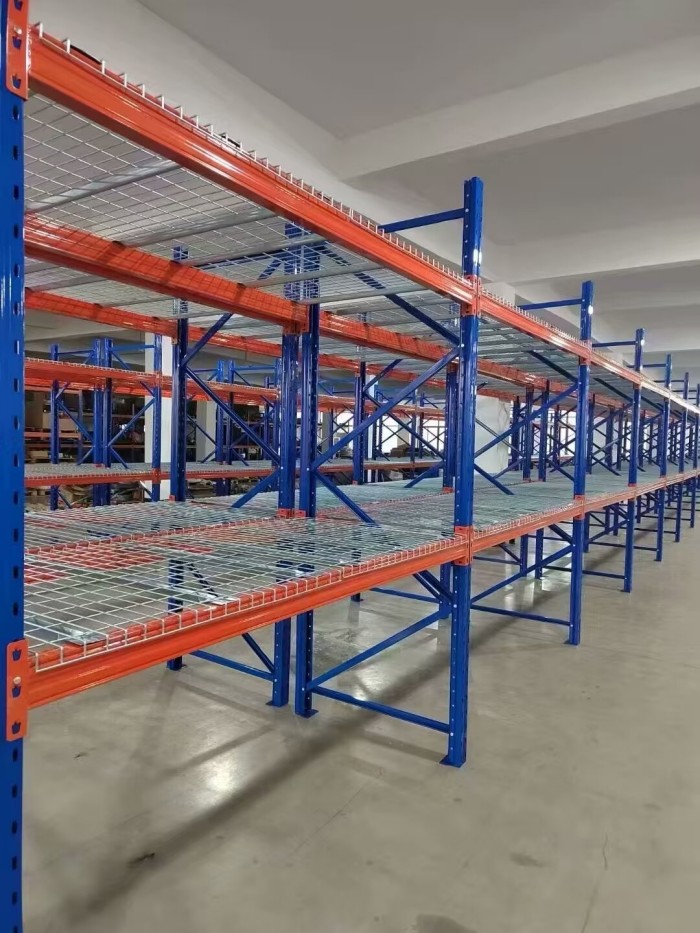Unveiling the Secrets of Waterproof Plasters: Exploring the Different Types and Their Applications
When it comes to construction and renovation projects, finding the right materials is crucial. Plaster, a versatile building material, plays a significant role in creating smooth and durable surfaces. However, not all plasters are created equal. In this blog post, we will delve into the world of waterproof plasters, exploring their various types and applications. By the end, you will have a comprehensive understanding of the different options available and their suitability for specific projects.
- Cementitious Waterproof Plasters:
Cementitious waterproof plasters are a popular choice for both interior and exterior applications. These plasters are made by blending cement, sand, and additives that enhance their waterproofing properties. They form a protective barrier against moisture, making them ideal for areas prone to water exposure, such as bathrooms, kitchens, and basements. Additionally, cementitious plasters offer excellent adhesion and durability, ensuring long-lasting protection against water damage. - Acrylic Waterproof Plasters:
Acrylic waterproof plasters are a modern solution that combines the benefits of traditional cementitious plasters with added flexibility and crack resistance. These plasters are composed of a mixture of acrylic polymers, cement, and other additives. The acrylic component enhances the plaster's elasticity, allowing it to withstand structural movements without cracking. This type of plaster is commonly used in swimming pools, fountains, and other water features where flexibility is essential. - Lime Waterproof Plasters:
Lime waterproof plasters have been used for centuries and are renowned for their breathability and natural resistance to water. Made from a mixture of lime, sand, and additives, these plasters allow moisture to evaporate, preventing the buildup of dampness and mold. Lime plasters are often used in historical buildings, as they are compatible with traditional construction methods and materials. They are also suitable for eco-friendly projects due to their low environmental impact. - Bituminous Waterproof Plasters:
Bituminous waterproof plasters are primarily used in below-ground applications, such as foundations and basements. These plasters consist of a mixture of bitumen, sand, and fillers. Bitumen, a petroleum-based material, provides excellent water resistance and protects against water penetration. Additionally, bituminous plasters offer good adhesion to various substrates, making them suitable for both new constructions and repairs.
Conclusion:
Choosing the right waterproof plaster is essential for ensuring the longevity and durability of your construction projects. Cementitious, acrylic, lime, and bituminous plasters each offer unique properties and applications. By understanding their characteristics, you can make informed decisions and select the most suitable plaster for your specific needs. Whether you are renovating a bathroom, constructing a swimming pool, or preserving a historical building, the right waterproof plaster will provide the necessary protection against water damage, ensuring your project stands the test of time.


